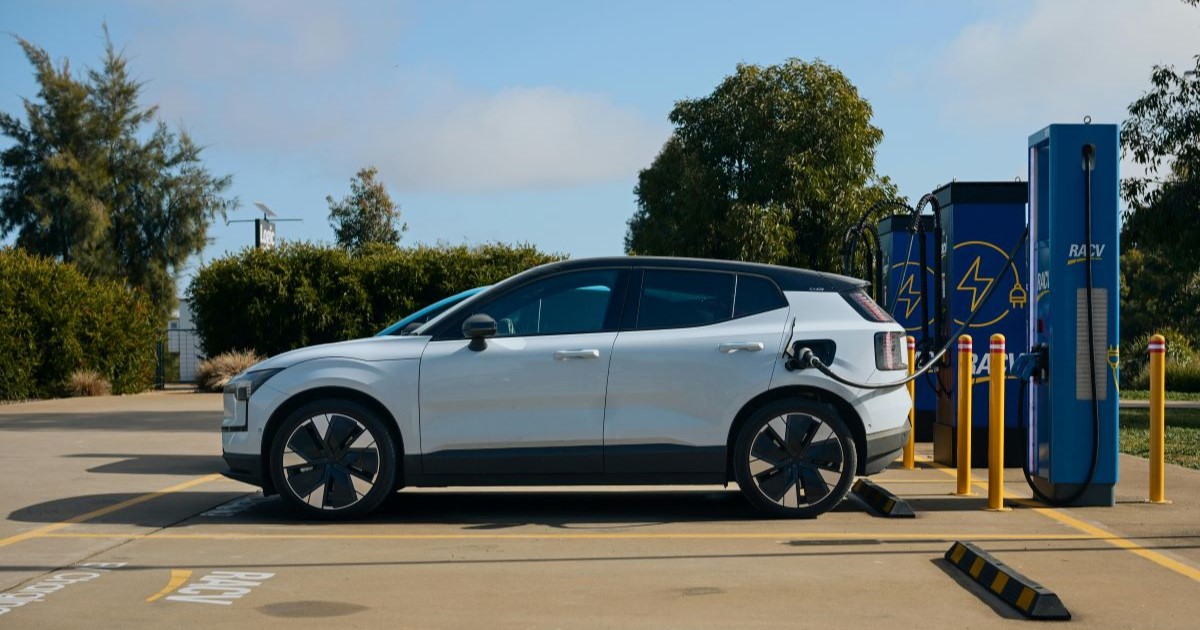
The Growing Popularity of Electric Vehicles in the United States
The adoption of electric vehicles (EVs) in the United States is on the rise, with a growing number of consumers showing interest in transitioning to electric cars. According to a recent report, 28% of Americans expressed interest in purchasing an electric vehicle within the next year. This trend is driven by several factors, including the low operating costs and the environmental benefits associated with EV ownership.
Despite this increasing interest, the EV market still faces challenges that prevent widespread adoption. Many potential buyers are deterred by the higher upfront cost of electric vehicles, even though the long-term savings on fuel and maintenance can be significant. Additionally, concerns about battery longevity and the availability of convenient charging infrastructure remain key obstacles for many consumers.
These issues highlight the importance of advancements in battery technology, which is one of the most critical components affecting the viability and affordability of electric vehicles. Fortunately, recent developments in this area are offering promising solutions.
General Motors Unveils a Revolutionary Battery Technology
In a significant breakthrough, General Motors (GM) has introduced a new battery technology that could change the landscape of electric vehicles. This innovation centers around lithium manganese rich cathodes (LMR), a type of battery chemistry that has historically faced challenges in terms of reliability and longevity.
Previously, LMR batteries were not considered a viable option due to their shortcomings compared to other battery types. However, GM has overcome these limitations through its proprietary research and development. The company, in collaboration with LG Energy Solution, has engineered a solution that promises to deliver both long-range capabilities and lower costs for consumers.
One of the standout features of GM’s new battery technology is its ability to support longer driving ranges while keeping production costs down. For instance, the Chevrolet Silverado EV Work Truck, equipped with this new battery, boasts an EPA-rated range of 492 miles on a single charge. It also features one of the fastest charging systems on the market, with a capacity of 350 kW.
How the New Technology Works
The new battery technology builds upon GM’s existing nickel manganese cobalt aluminum oxide (NMCA) batteries, which are known for their impressive range and reliability. By integrating LMR into this system, GM has managed to maintain the same level of performance while reducing the reliance on more expensive materials like nickel and cobalt.
In traditional high-nickel battery cells, the composition is typically around 85% nickel, 10% manganese, and 5% cobalt. In contrast, LMR cells have a different chemical makeup—approximately 35% nickel, 65% manganese, and almost no cobalt. This shift is significant because manganese is not only cheaper but also more abundant than nickel or cobalt. As a result, the overall cost of the battery is significantly reduced.
Additionally, the design of LMR batteries allows for larger cell sizes, which further lowers system costs by minimizing the need for additional connective and structural components in the battery pack. This efficiency contributes to a more cost-effective and sustainable solution for EV manufacturers and consumers alike.
Advancements in Efficiency and Performance
Beyond cost savings, the new LMR battery technology also enhances efficiency and performance. The size and shape of these batteries allow for improved energy management, ensuring that power is delivered more effectively. Specialized coatings applied to the battery cells help maintain voltage levels over time, ensuring consistent performance and extending the lifespan of the battery.
These innovations position GM as a leader in the ongoing evolution of electric vehicle technology. As the company continues to refine and expand its use of LMR batteries, the path toward a more accessible and sustainable electric future becomes clearer.
With continued investment in research and development, the barriers to EV ownership are gradually being dismantled. This progress not only benefits American consumers but also has the potential to influence the global EV market, paving the way for a greener and more efficient transportation system.
0 comments:
Ikutan Komentar